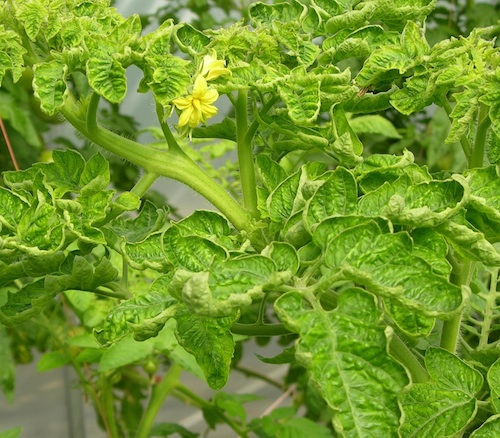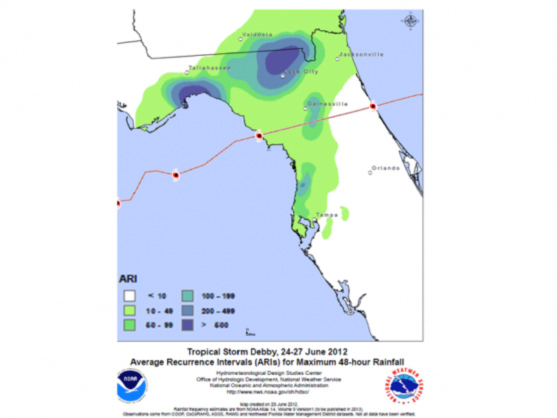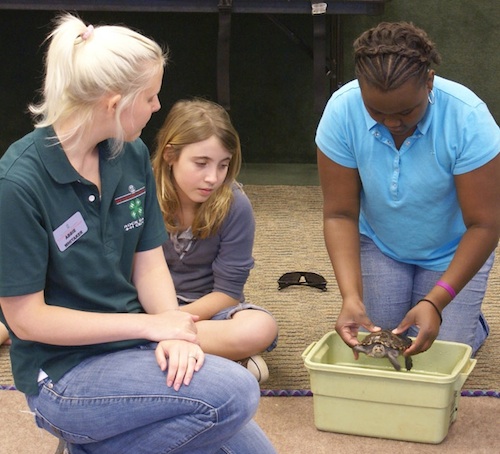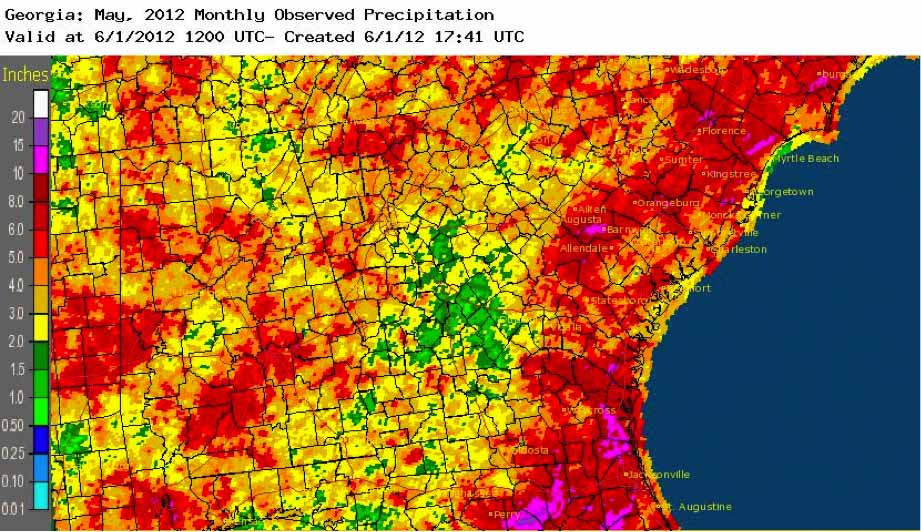 CAES News
CAES News
Tomato leaf roll
University of Georgia Cooperative Extension agents, like myself, are getting several phone calls about the leaves on homegrown tomato plants curling and rolling inward. Curling or rolling of tomato leaves can be caused by various factors including environmental stresses, a virus or herbicide damage.









